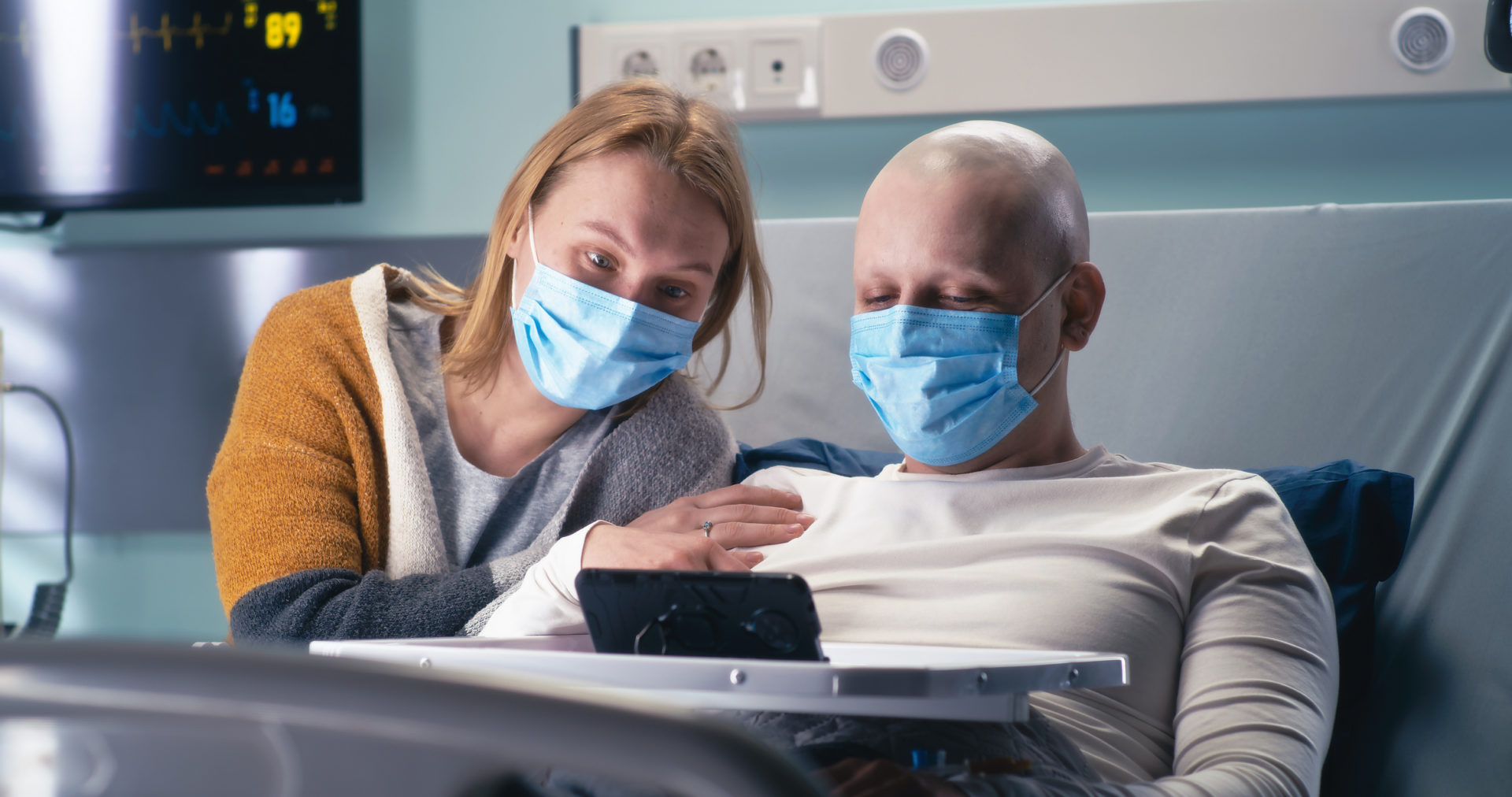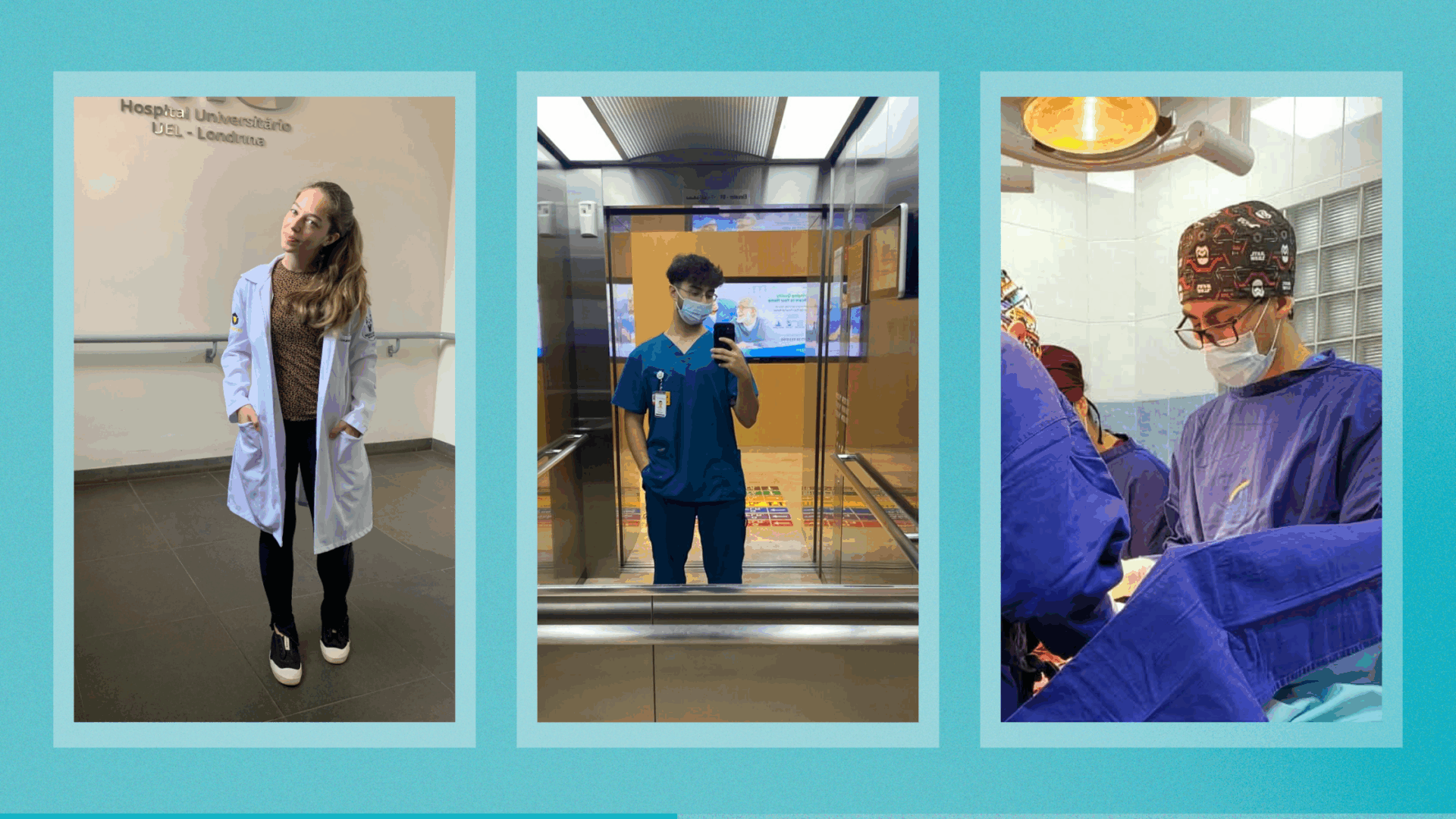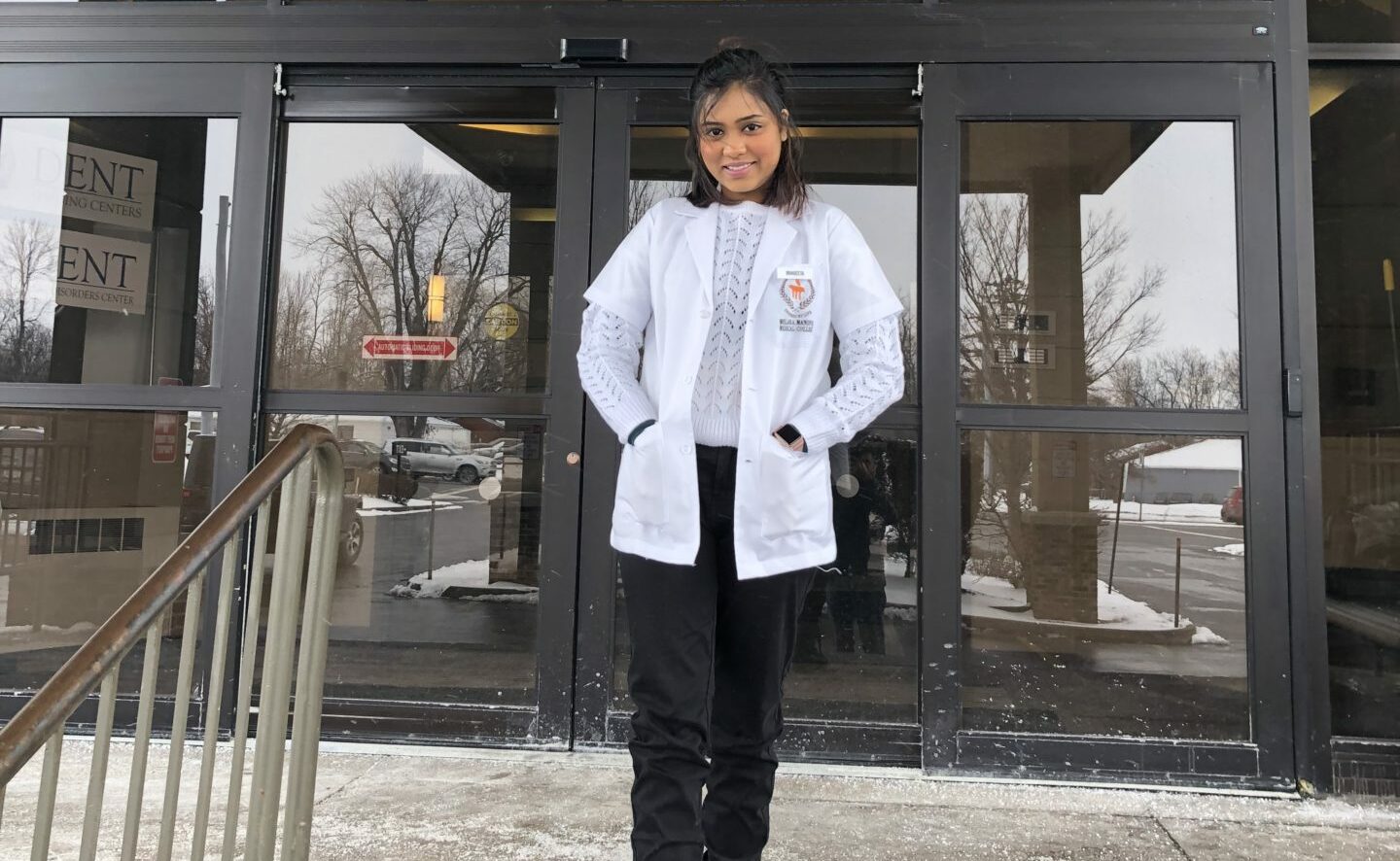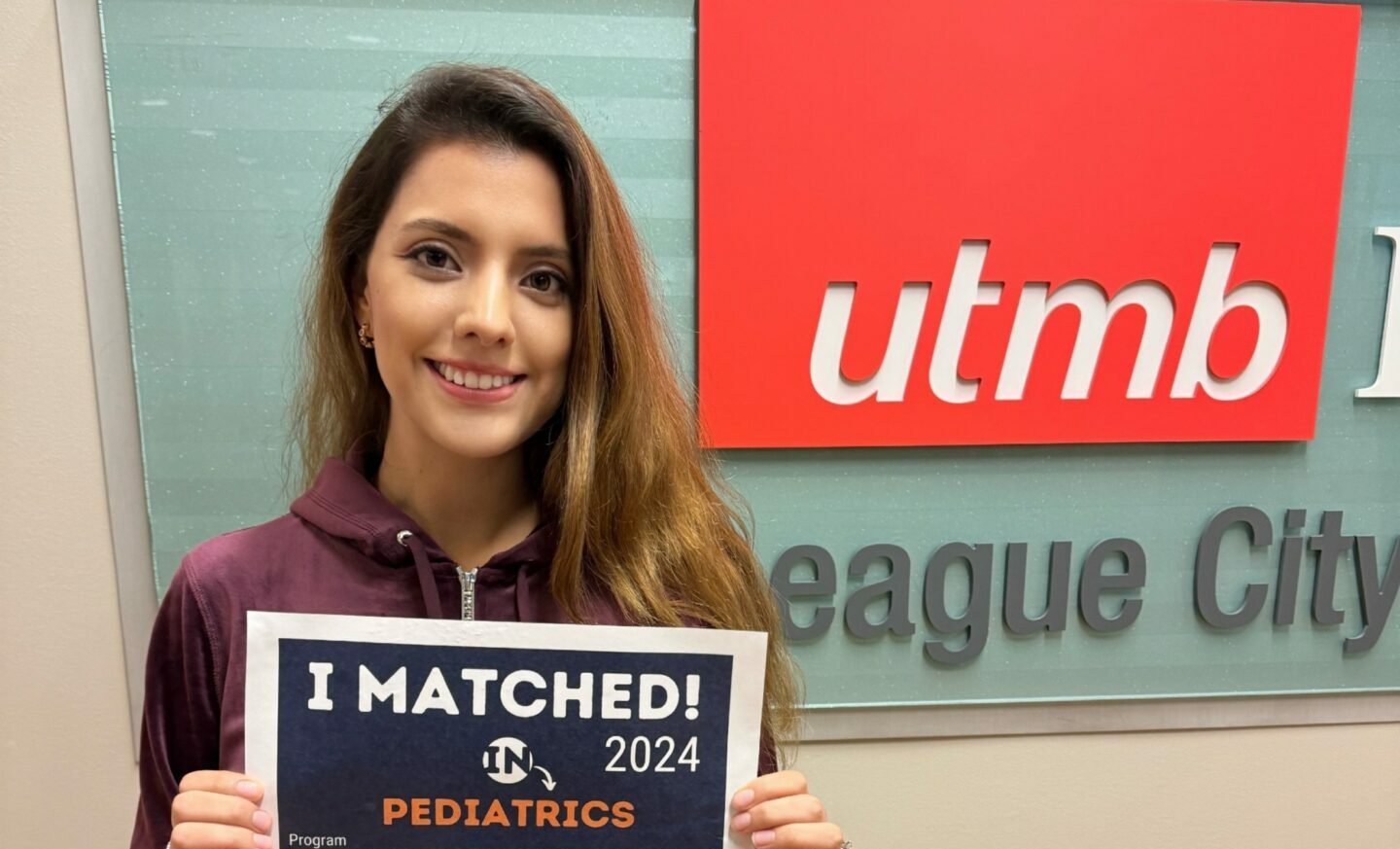Cancer continues to affect millions of people each year. While a cancer diagnosis brings a heavy uncertainty to those diagnosed and their families, CDC data shows the U.S. cancer death rate has declined each year since 1999. National Cancer Survivor’s Day is not only an opportunity for survivors to celebrate their journey but it is also an organization that provides survivors resources and helps in building community.
Better cancer patient outcomes are no doubt in part to efforts in the field of oncology that have expanded research and improved patient care that expands beyond the delivery of care and is more involved in the entire patient journey. This year, for National Cancer Survivors Day, we take a look at the field of oncology and its outlook.
The History (and Present) of Oncology
The earliest depictions of cancer date back to 2500 BC, but it wasn’t until the 18th century that the field of oncology as we know it today began to take shape. Setting out to prove (and disprove) the hypothesis about cancer, French scientists Jean Astruc and Bernard Peyrilhe created a foundational understanding of the diagnosis and treatment of cancer that would pave the way for an understanding of environmental cancer and led to the founding of cancer-specific hospitals.
Today, oncology research has expanded to include the prevention of cancer. There are also more than 20 areas oncologists can choose to specialize in, including pediatric oncology, radiation oncology, neuro-oncology, and more.
National Cancer Survivor’s Day and The Future of Oncology
The good news is that the field of oncology is growing. This growth has been an important part of improving cancer patient outcomes that make days like National Cancer Survivor’s Day possible. However, the American Society of Clinical Oncology predicts the growth in the supply of oncologists (25%) will be vastly outpaced by the demands of an aging population (40%). This prediction would leave the U.S. with a shortage of 2,250 oncologists by the year 2025.
As well, most of this growth is located in urban, nonrural areas. ASCO notes that only 11.6% of oncologists practice in rural areas and that 66% of rural U.S. counties have no oncologists. This leaves cancer patients in rural, often lower-income communities more at risk for adverse cancer diagnosis outcomes either due to later-stage detection due to the financial cost of traveling to larger urban centers.
To continue the trend of declining cancer deaths, the future of oncology not only demands more practicing oncologists, but it demands growth in rural areas.
Are you interested in a clinical experience in oncology? Explore all of our oncology programs here.







Leave A Comment